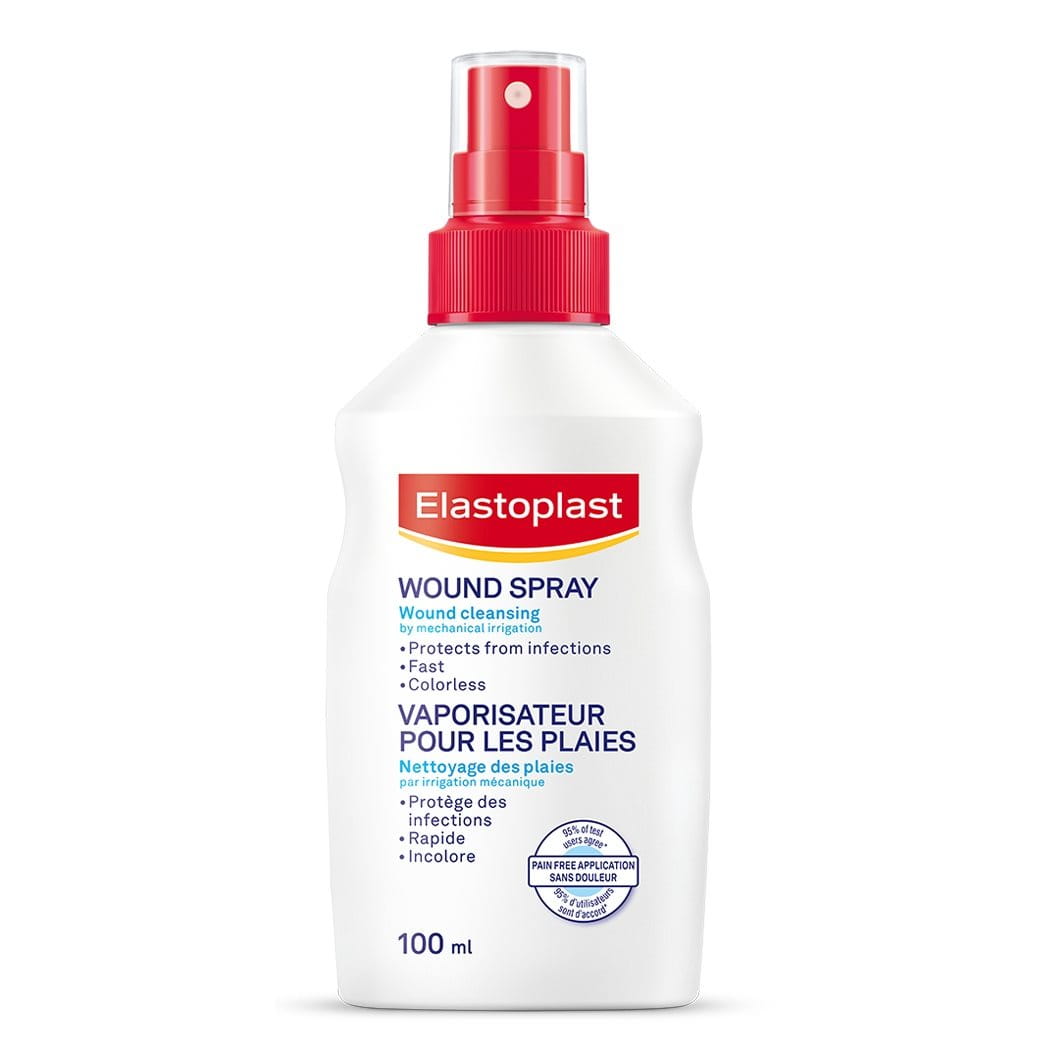
Silver as an antiseptic
Throughout history silver has been used for treating various diseases and infections, to disinfect water and food, as well as to treat burns and wounds. Today, silver containing products are well established antiseptics.
Silver acts as an antiseptic because its ions are active and can penetrate bacterial membranes. By interacting with bacterial enzymes and proteins, silver can break down bacteria’s cell profile, causing cellular distortion, loss of viability and inhibit the process of bacterial replication.
The advantages of silver
In comparison to other antiseptics, silver has its advantage in being effective on a broad range of germs even in small concentrations and over a long period of time.
The main advantages at a glance:
- Well-established efficacy
- Proven broad-spectrum antiseptic effect
- Pro-healing as well as odour prevention effect
- Excellent skin compatibility
- Skin-friendliness
Causes for infection
Even minor everyday wounds can be infected. Several factors influence wound healing and infection rates. Among them are type and amount of bacteria as well as type and location of the wound. Other important factors are increasing age, underlying diseases, e.g. reduced vascular supply and diabetes mellitus, or drug treatments, e.g. steroids.
How our silver products prevent infection
The objective of traditional wound care with standard bandages is to cover and protect the wound and absorb excess exudates. Elastoplast products with silver technology (Elastoplast Antibacterial Waterproof and Elastoplast Antibacterial Fabric) contain antiseptic effective silver which is released as soon as the metalline silver ions come into contact with the wound. As silver ions eliminate bacteria that cause infections, using the silver technology will help reduce the risk of infections.
